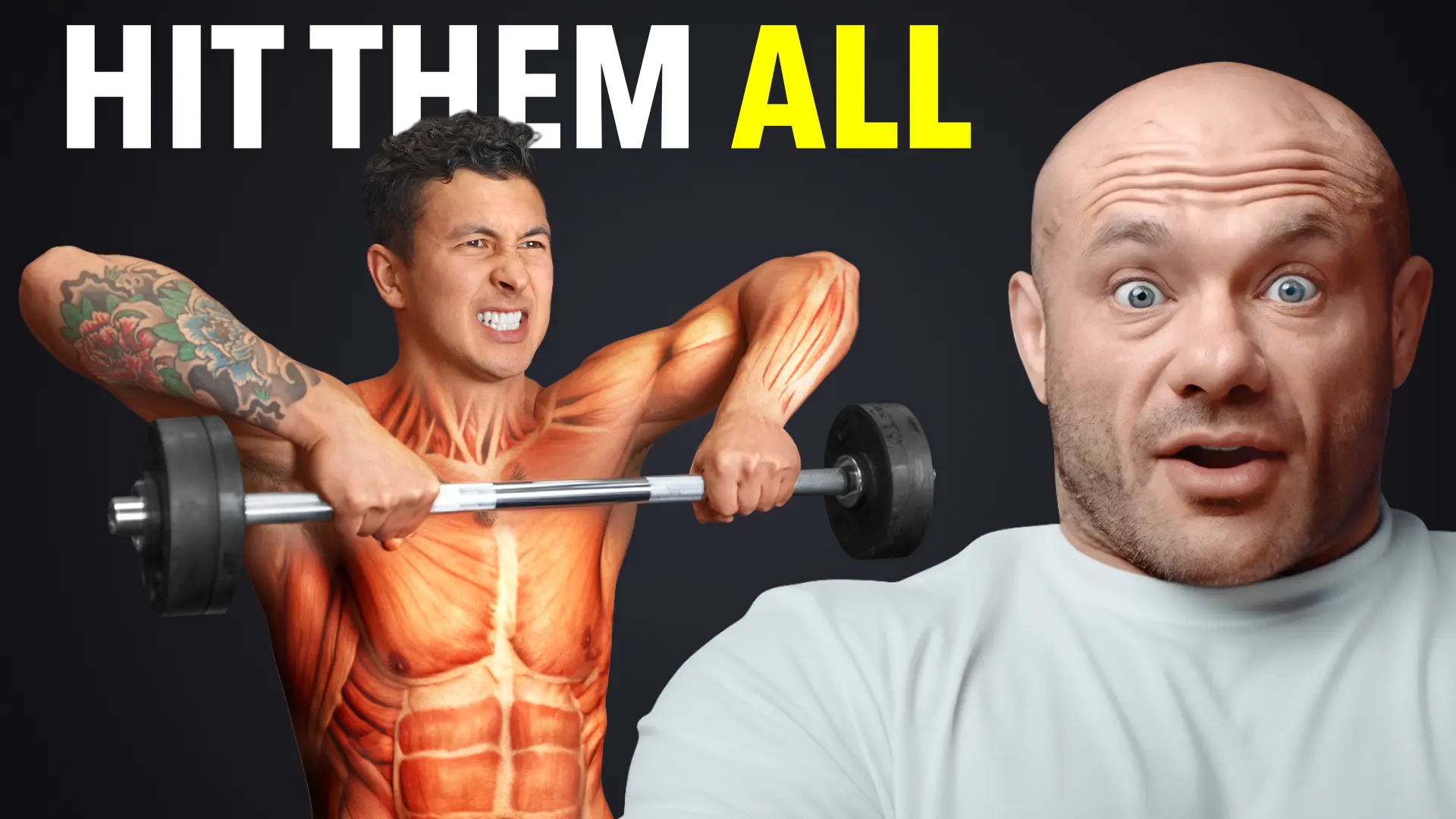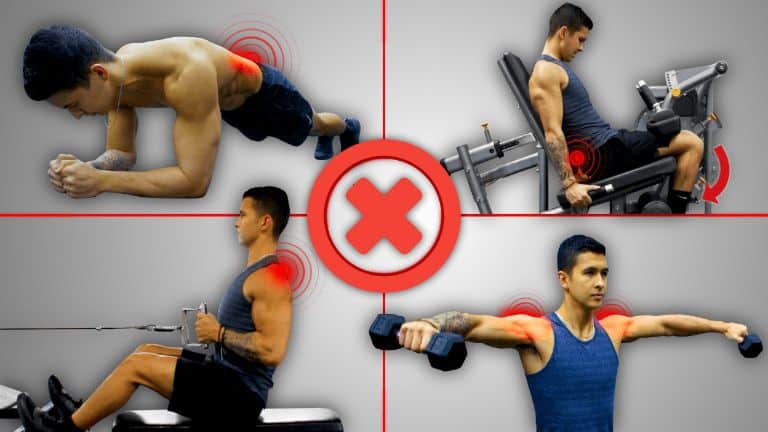
4 Must-Do Exercises You're Doing Wrong (Less Gains, More Injury)
In this article, I’ll go through 4 must-do exercises that you should be including in your routine. And more importantly, how to avoid making the same common exercise mistakes most people do.
To build muscle and avoid injury, it’s vital that you include the right exercises in your routine. But even the best of exercises, when done improperly, can do more harm than good. So, without further ado, let's take a look at the common exercise mistakes related to the 4 'must-do' exercises. And how you can execute them correctly.
Looking for a training program that'll help you avoid making these training mistakes in the first place? I've got just the thing for you. I’ve designed every program of mine to be an all-in-one, science-based process that’ll get you to your dream physique FAST. For more information:
Click the button below to take my analysis quiz to discover the best program for you:
↓
Exercise 1: Planks
You cannot mention common exercise mistakes without mentioning the plank. Now, it's true that the plank is beneficial for beginners:
- It's a great way for them to initially learn how to properly use their core, and
- It builds up their endurance in a safe manner
Unfortunately, though, the traditional plank itself just doesn’t activate the core very well. Also, when held this way, most people will end up sagging their lower back. And they'll feel the movement more in their shoulders and other areas as opposed to their core.
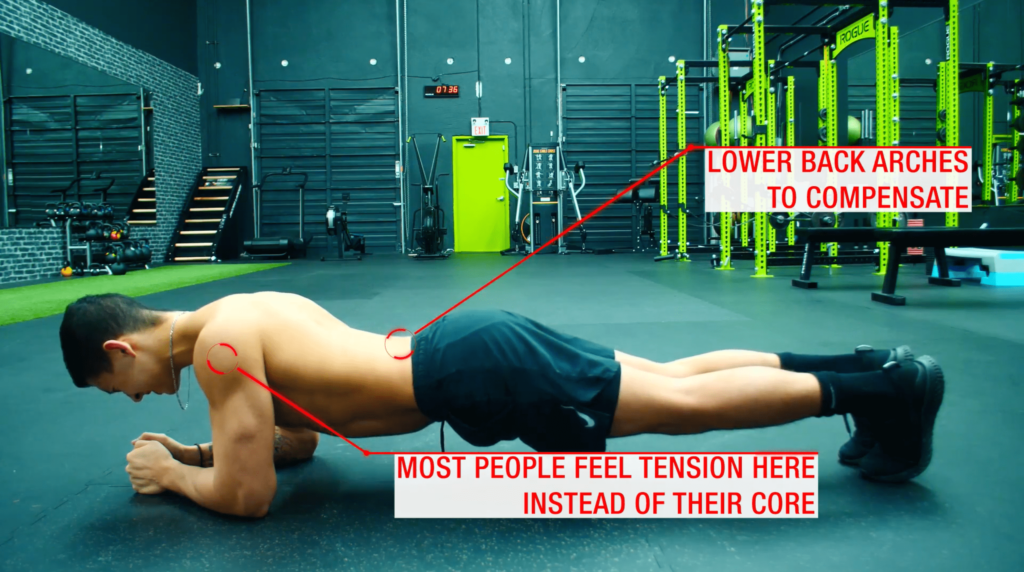
Greater Degree Of Core Activation With RKC Planks
A much better version for strengthening the core is something called the RKC plank. According to a 2013 paper by Schoenfeld and colleagues, in comparison to the traditional plank, the RKC plank elicited:
- Roughly 4x greater upper and lower abs activation, and
- 3x greater obliques activation
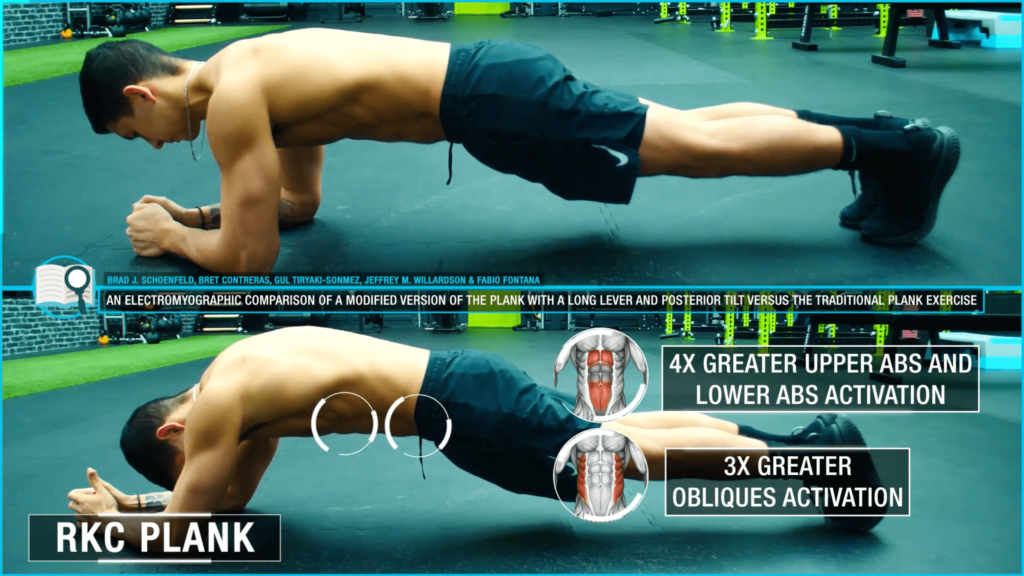
How To Perform The RKC Plank
To perform the RKC plank, you just need to apply two simple tweaks to the traditional plank:
- Move your elbows forward such that they’re roughly at the level of your eyes.
- Then, come up to the plank position. Initiate something called posterior pelvic tilt. You can do so by forcefully squeezing your glutes and abs, which will, in turn, tilt your pelvis upwards. Resulting in an even greater core contraction.
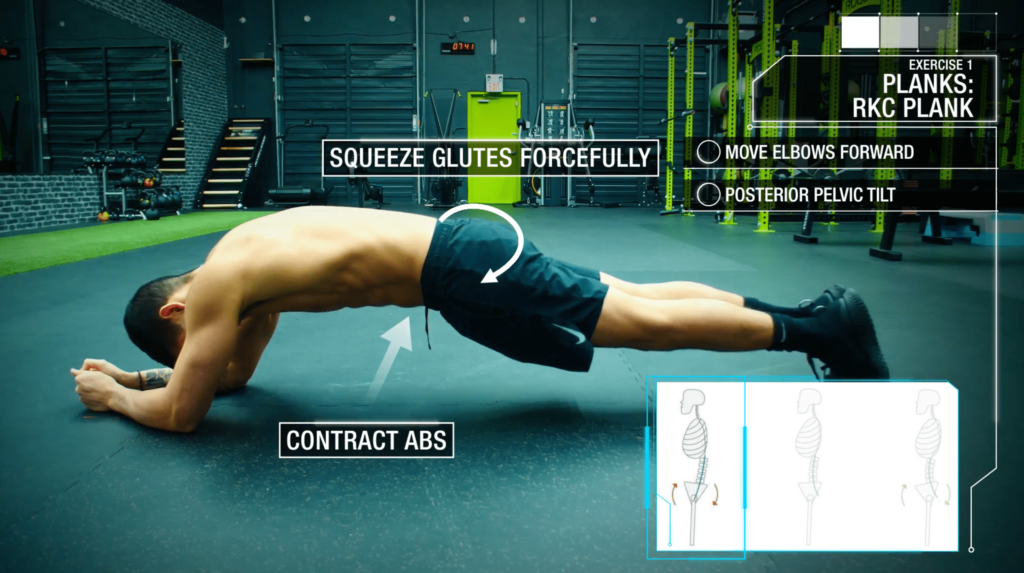
When applied correctly, you’re going to feel a much stronger activation of the core musculature than you did in the traditional plank.
Exercise 2: Lateral Raises
The next exercise, lateral raises, should also be a staple in your routine for optimal shoulder development. That's because they've been shown in multiple studies to elicit the greatest activation of the side delts when compared to other common shoulder exercises.
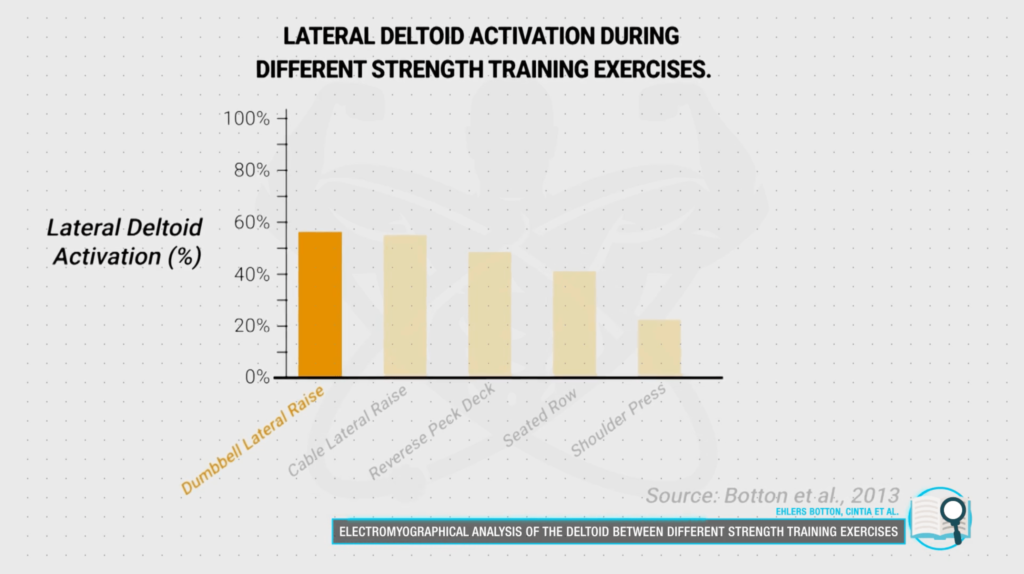
But just take a look at how I’m performing them here, for example. This is actually more or less similar to how most people in the gym perform them. There are 3 distinct things I’m doing wrong each rep and is part of the gym mistakes you must avoid. These common exercise mistakes related to the lateral raise all create excessive stress on the shoulder joint.
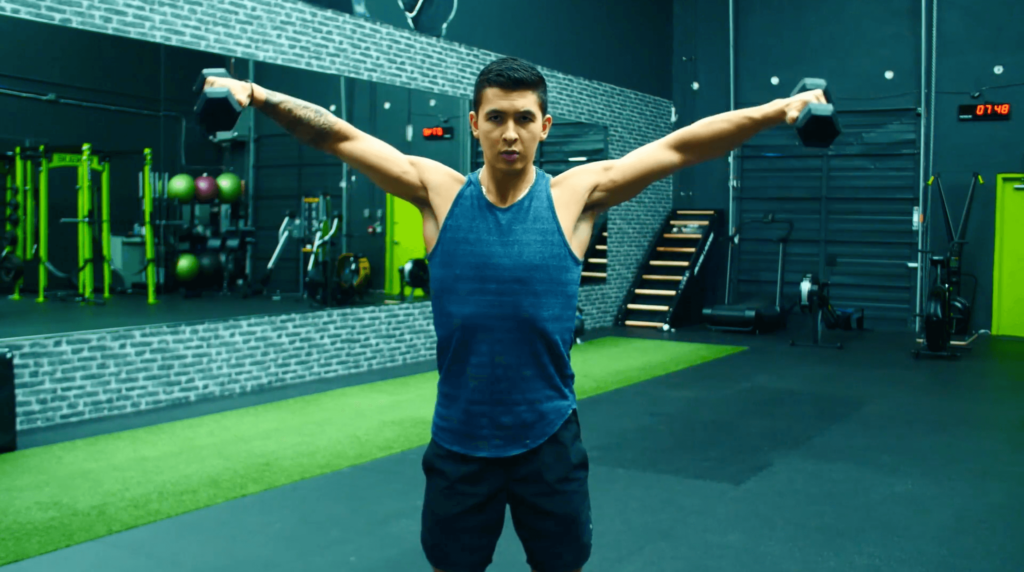
Common Exercise Mistakes Related To The Lateral Raise
Mistake 1: I’m raising the weight too high. This creates two distinct problems. First, it invites your upper traps to start taking over the movement. And second, it also creates excessive stress on the shoulder joint. In fact, a 2014 paper from the Journal of Strength and Conditioning Research actually found a significant positive association between performing lateral raises above shoulder height and shoulder impingement in a group of trained subjects.
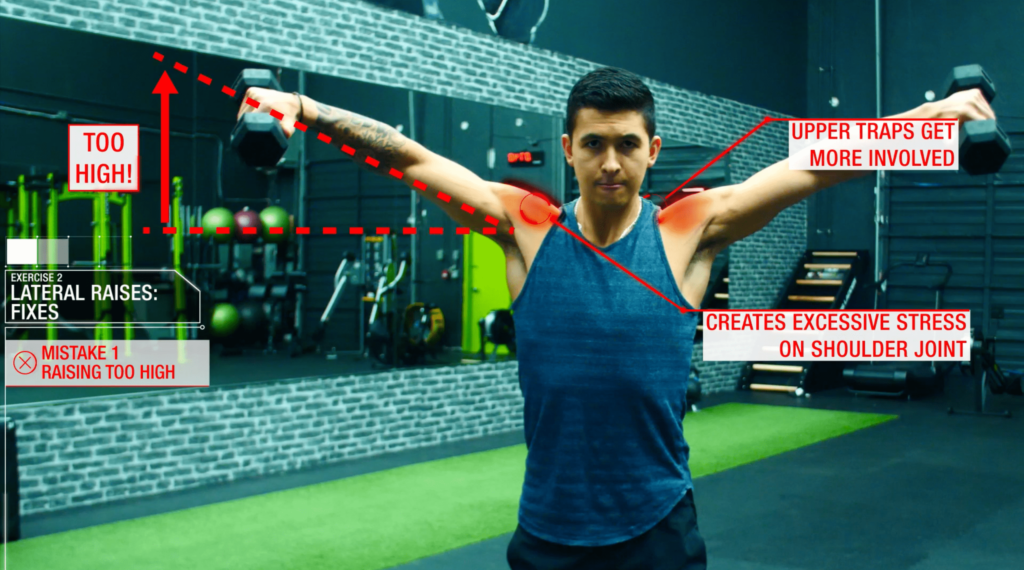
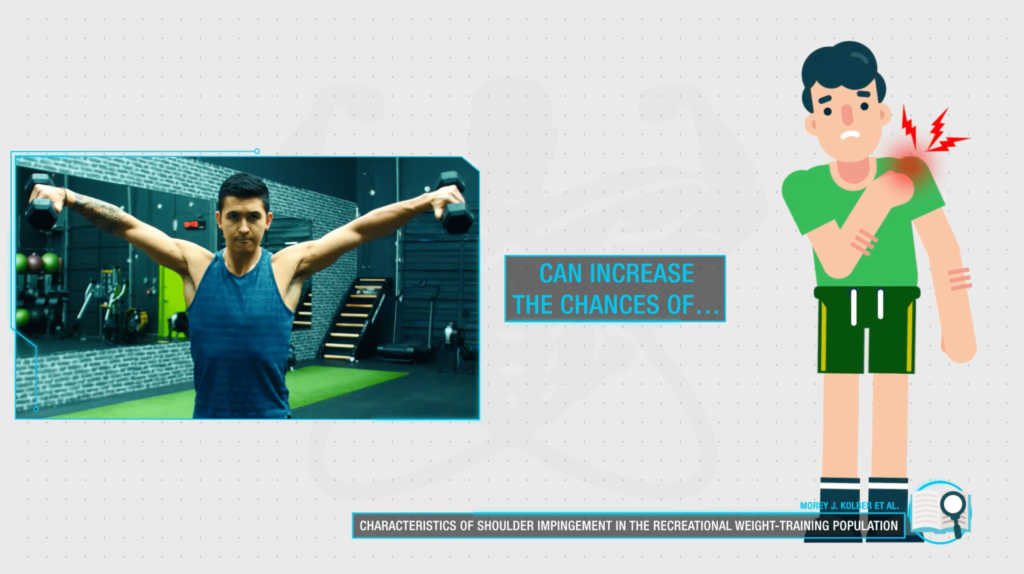
Mistake 2: Internally rotating my shoulder (pointing thumbs downwards towards the ground). What the study also found though, is that when combined with mistake number 2, you essentially create the worst possible conditions for your shoulder joint to be in.
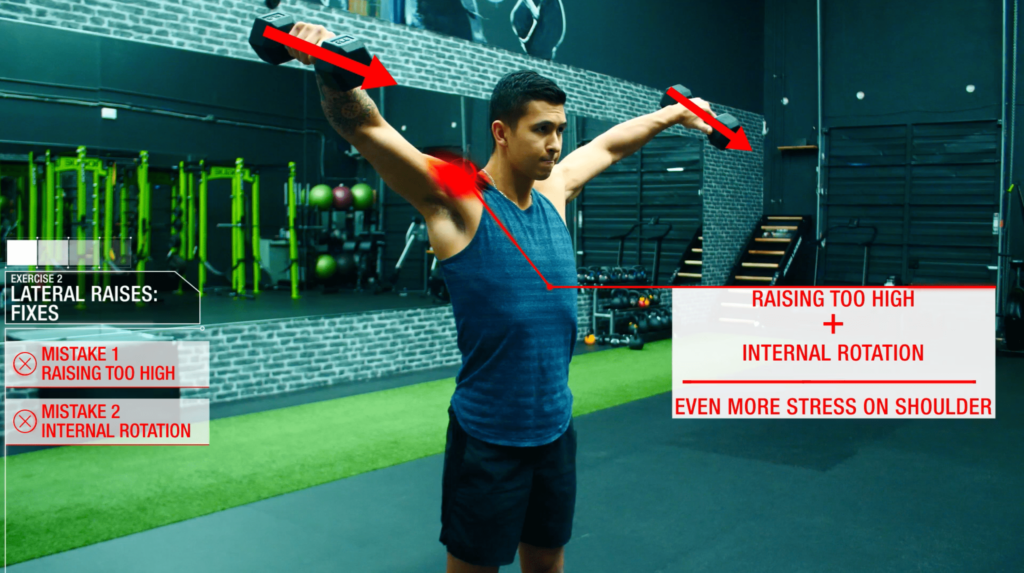
Mistake 3: Raising the weight directly out to my sides. Worryingly, the combination of mistake 1 and 2 is made even worse with mistake number 3. I will admit this one is less problematic. But still is suboptimal! Why? Well, because raising the weight directly out to my sides creates more stress on the AC joint and the shoulder as a whole.
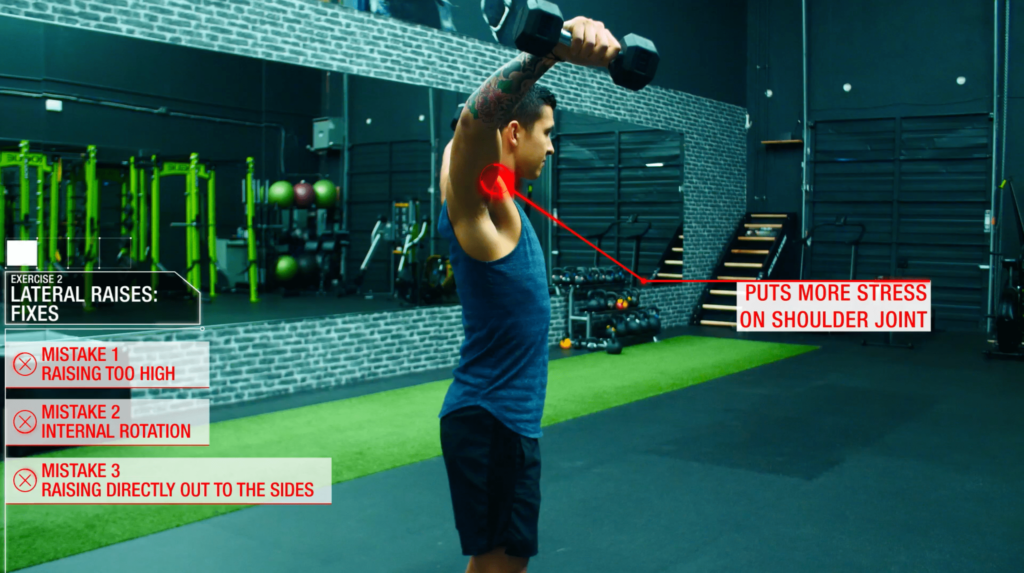
How To Perform Lateral Raises Correctly
So to fix all three of these common exercise mistakes, here’s what you’ll want to do.
1. First, fix your arm angle. You can do so by moving your arm forward slightly into something called the scapular plane and incorporating a slight bend in the elbow. Why the bend? Well, multiple biomechanical analyses (this, and this) have found this to be a much safer and stronger position to raise from.
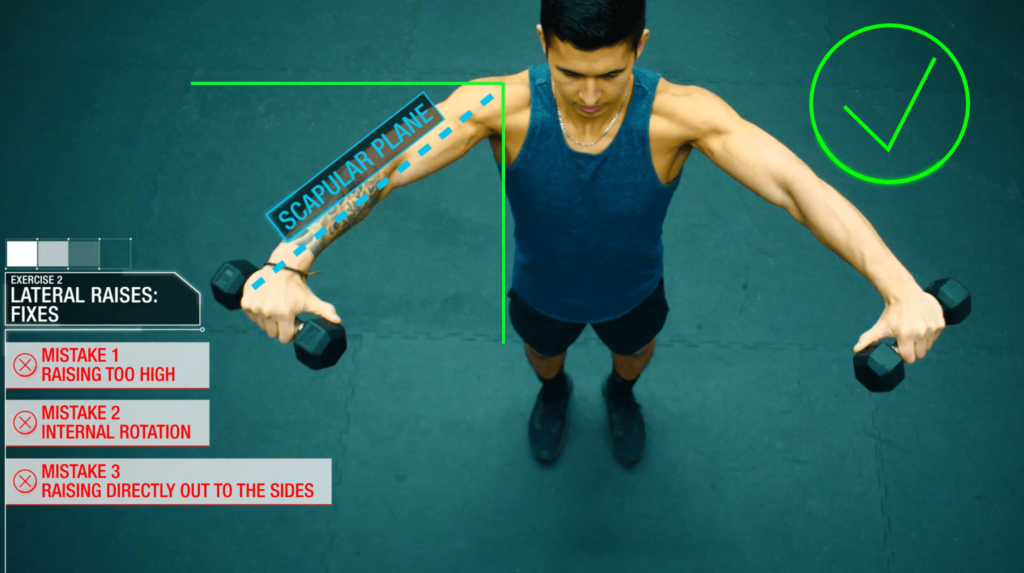
2. Next, based on research related to lateral raises presented earlier and to minimize any risk of shoulder impingement, you need to incorporate external rotation of the humerus. So to do this without compromising your side delt activation, you’ll want to incorporate just a slight lean forward. And point the thumbs towards the ceiling very slightly. These two cues will help externally rotate the humerus. This is something I've covered in my previous articles (How To Get Wider Shoulders and Shoulder Workout For Mass and Symmetry) as well.
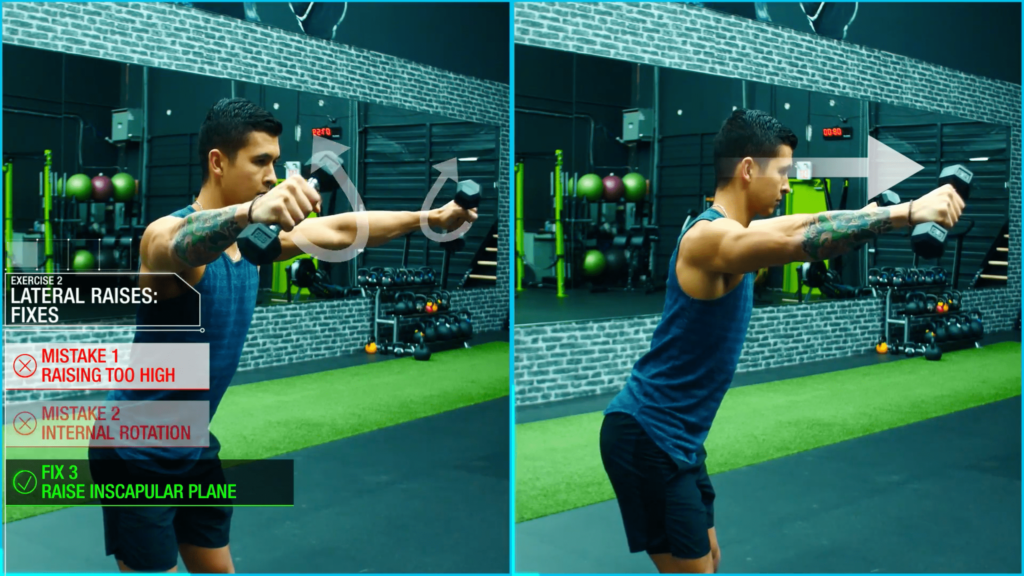
3. Then, when you raise the weight, just raise to shoulder height. And no further.
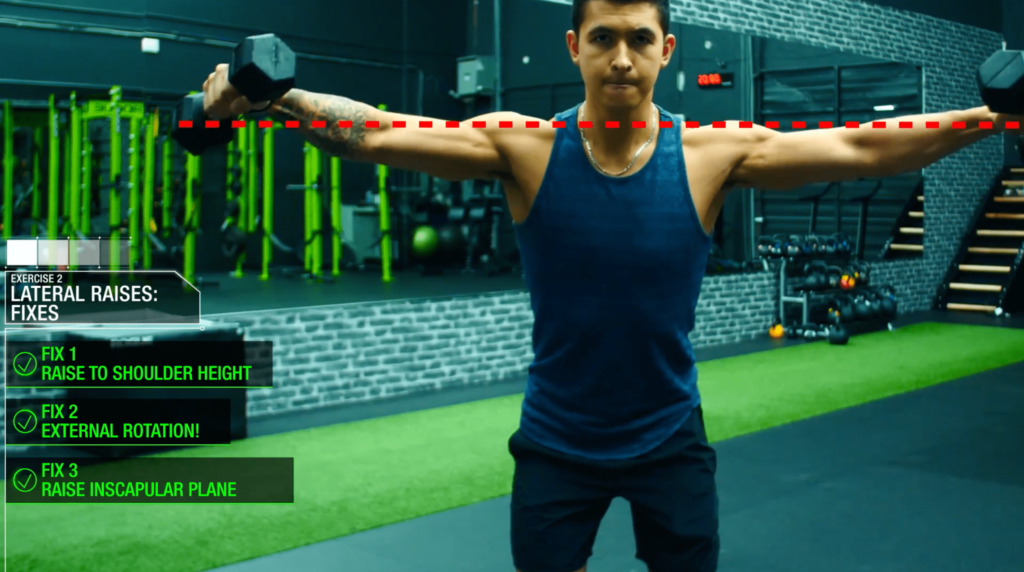
To take the lower back out of the equation, you can perform the dumbbell side lateral raise on an incline bench. Instead of doing the standing lateral raise.
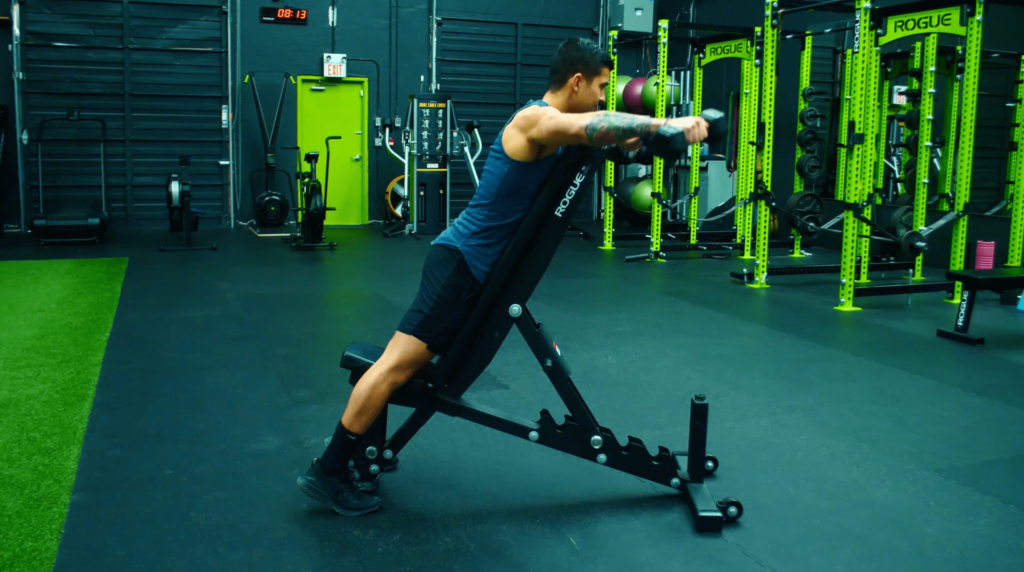
But either way, by incorporating these 3 tweaks you’re going to minimize the stress placed on your shoulder joint while still maximizing the activation of your side delts.
Exercise 3: Leg Curls
The next exercise, leg curls either lying or seated, is a great exercise to include in your routine for optimal hamstring development. This is because as I’ve stated in a previous article covering Lower Body Workout, findings from the Journal of Strength and Conditioning Research have indicated that the development of the upper and lower hamstrings are maximized with different types of exercises:
- Upper hamstrings - Maximized by hip-dominant exercises, where there’s less knee flexion involved. An example would be deadlifts.
- Lower hamstrings - Maximized by knee-dominant exercises where there’s less hip flexion involved. An example would be leg curls.
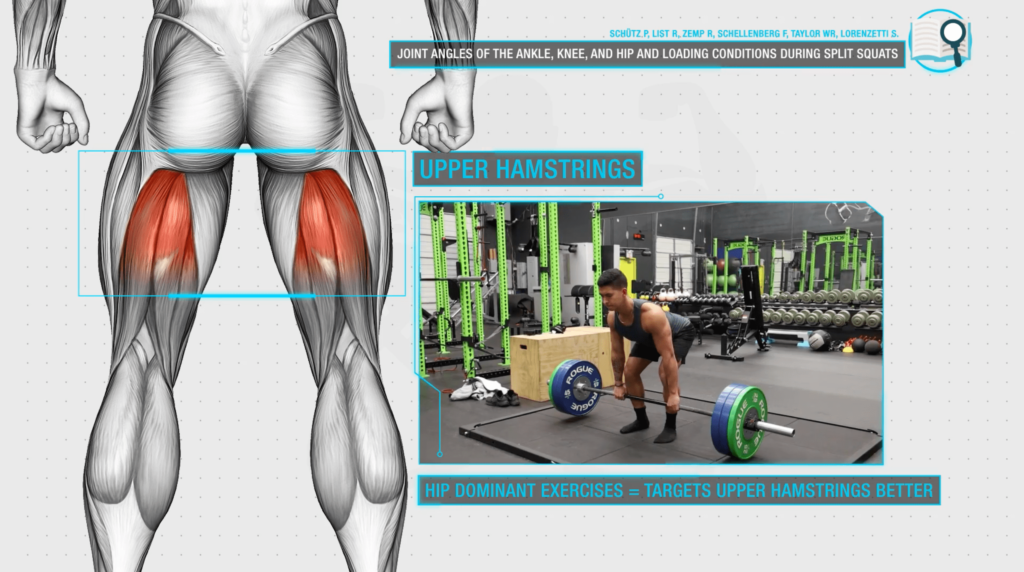
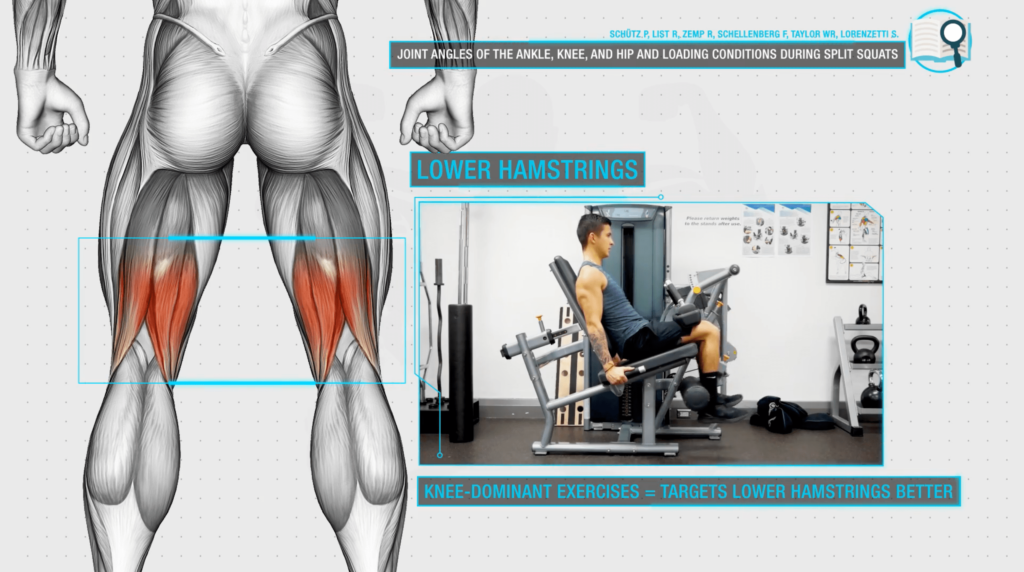
Therefore, for the balanced development of your hamstrings, it's a good idea to include leg curls in your weekly routine. Despite this though, there are a couple of common exercise mistakes people make with the leg curl. And unfortunately, these mistakes limit its effectiveness.
Really enjoy digging into the research related to optimal muscle growth? Then you'll absolutely love working with my team of highly-qualified trainers and nutritionists (plus myself!); in the process of guiding you through the process of achieving your dream physique in the time-efficient way possible, we'll also make sure you understand the science behind it all. Find out more here:
Click the button below to find out more about the 3-on-1 coaching program:
↓
Leg Curl Common Exercise Mistakes And How To Do Leg Curls
Mistake 1: Activation Of The Gastrocnemius (Calf Muscle)
First off, most people don’t consider the function of the calves during knee flexion. Because one of our two calf muscles, the gastrocnemius, is actually a two-joint muscle. It crosses both the ankle and the knee. Meaning that it can actually assist you with your leg curls by helping the hamstring flex the knee. And essentially takes away the tension from the hamstrings.
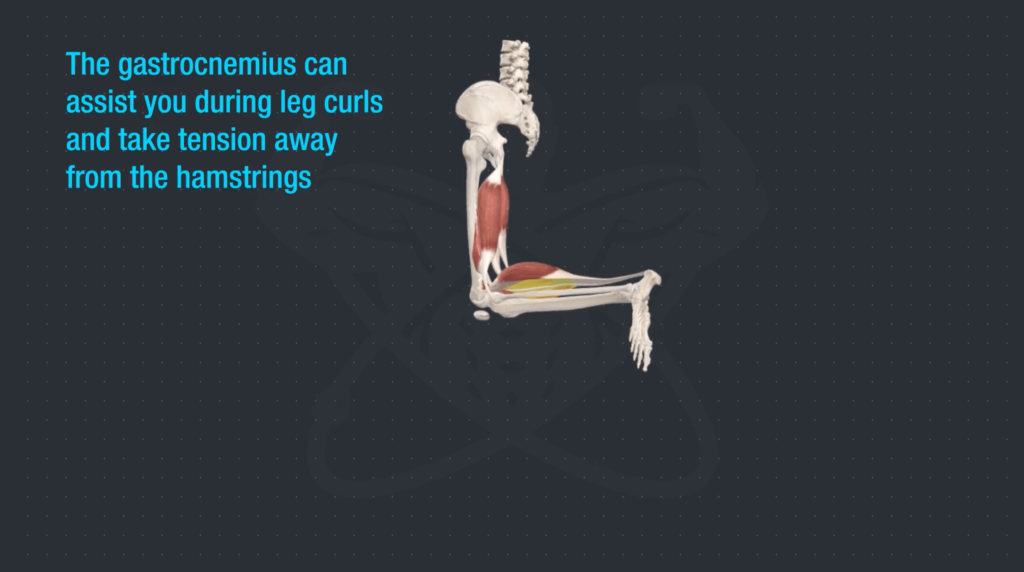
However, given its fibre length, we know that this muscle can’t be active during both knee flexion and plantarflexion.
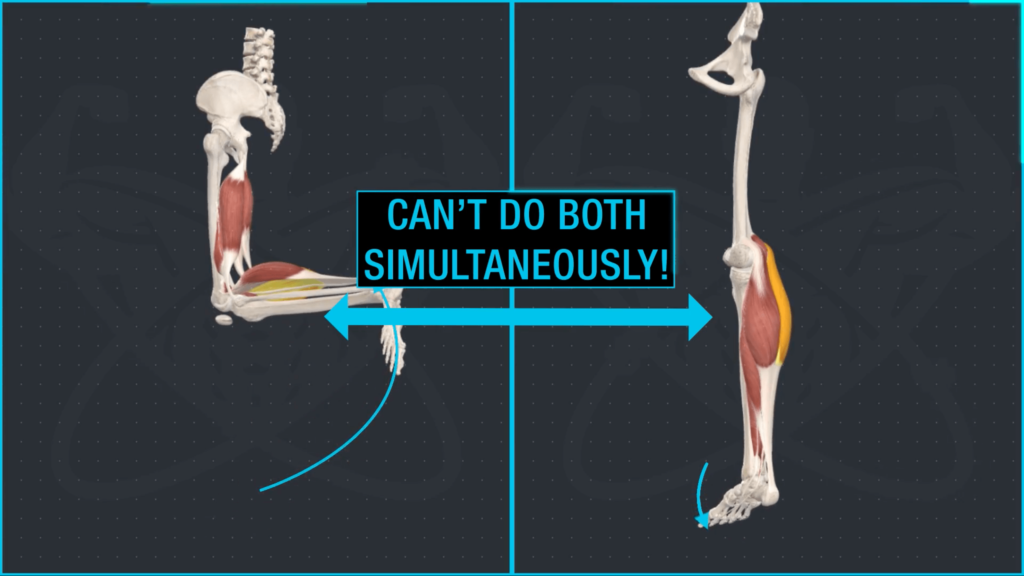 Therefore, a quick and easy way to shift more of the tension onto your hamstrings is to simply point your toes away from you as you perform your leg curls. Doing so will essentially inactivate the gastrocnemius. And instead, lead to greater hamstring activation which you’ll likely feel right away.
Therefore, a quick and easy way to shift more of the tension onto your hamstrings is to simply point your toes away from you as you perform your leg curls. Doing so will essentially inactivate the gastrocnemius. And instead, lead to greater hamstring activation which you’ll likely feel right away.
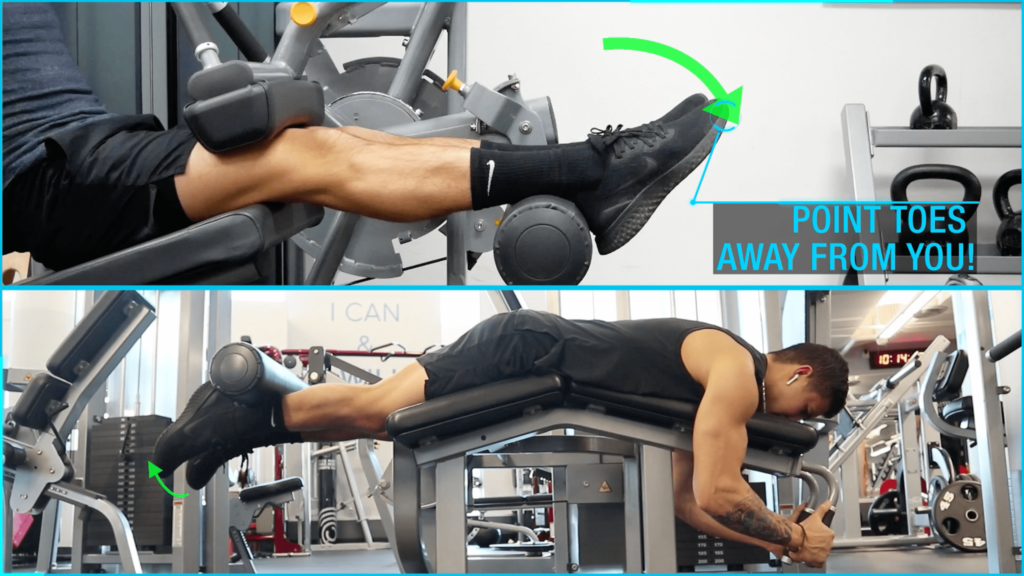
Mistake 2: Lower Back Compensation
Secondly though and more importantly, is how the body compensates when you start to fatigue with this exercise and squeeze out those last few reps. And it does so by putting more pressure on your lower back. Because with both the seated, lying and even the standing leg curl, your body will try its best to both:
- Shorten the range of motion and
- Make the movement easier on your hamstrings once you begin to fatigue
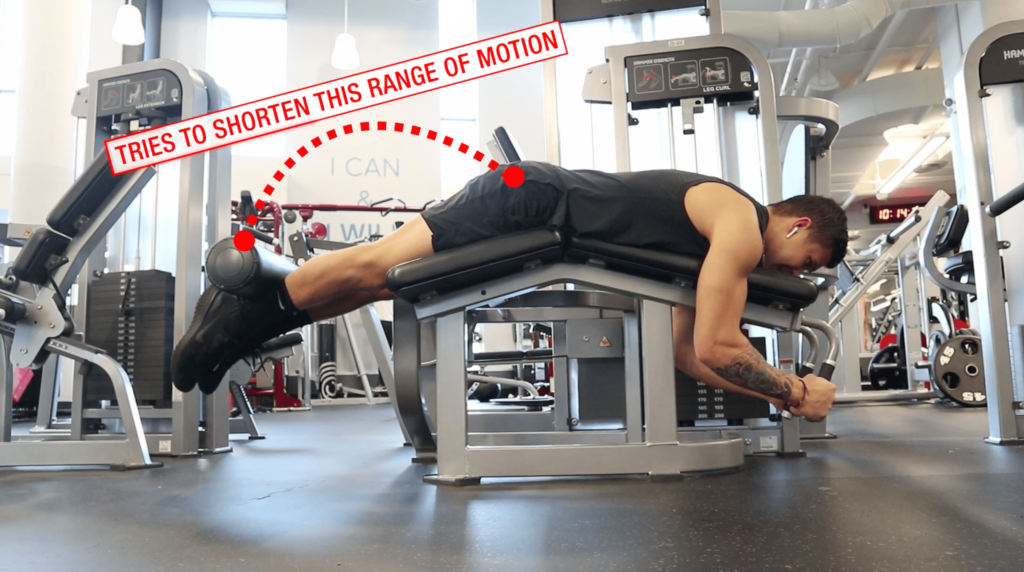
But given that your hips are locked in a fixed position, it can’t effectively do this. Your body, therefore, resorts to bringing the butt up and arching the lower back. Which is why you may often experience lower back soreness a day or two after performing the leg curl. Here, you can clearly see that lower back compensation even though I'm not going heavy at all.
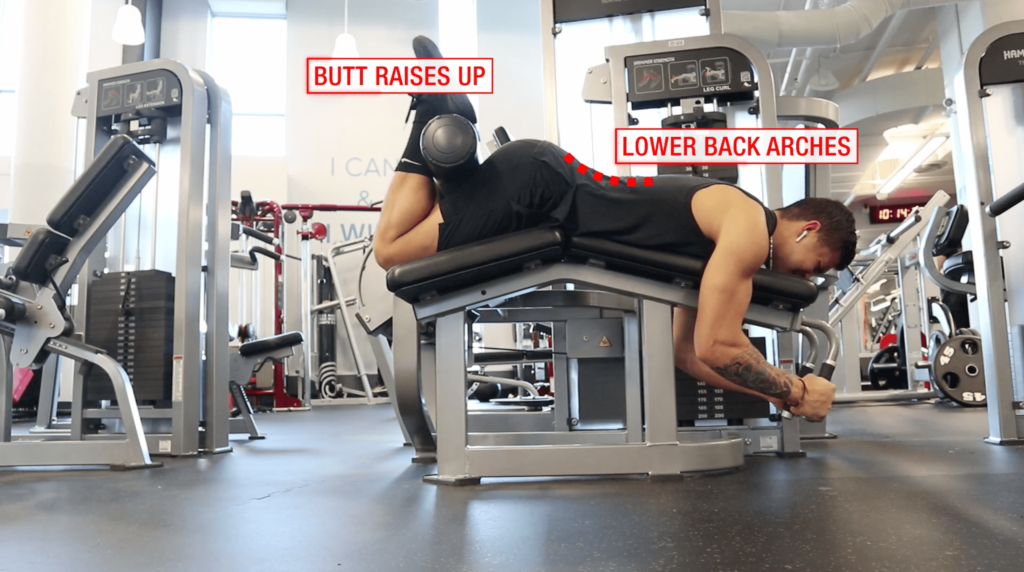
Now to mitigate this, one option is to simply lighten the weight. And avoid really pushing through close to failure.
But, in my opinion, an even better option would be to incorporate leg curl alternative exercises like the glute-ham raise. Or swiss ball leg curl. These both effectively incorporate the knee flexion function of the hamstrings, without that lower back compensation problem.
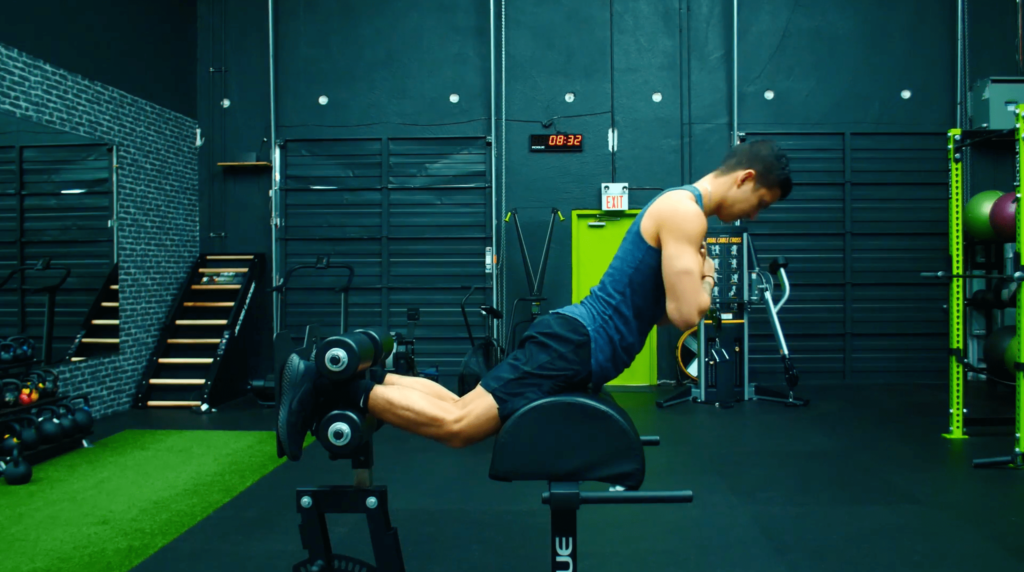
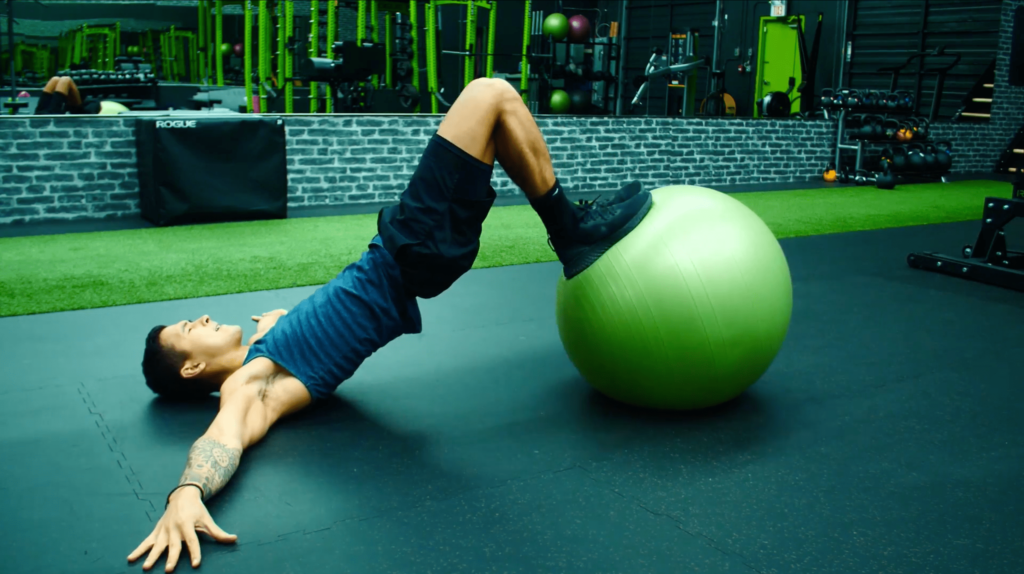
Exercise 4: Seated row
The last exercise is the seated row. Now this exercise, or any horizontal rowing movement for that matter, should be a staple in your routine given that they’ve been shown to provide similar levels of lat activation as vertical pulling movements like lat pulldowns, but with more activation in the mid-back. Meaning that incorporating some form of a horizontal row would be a good idea to maximize your back thickness and overall development.
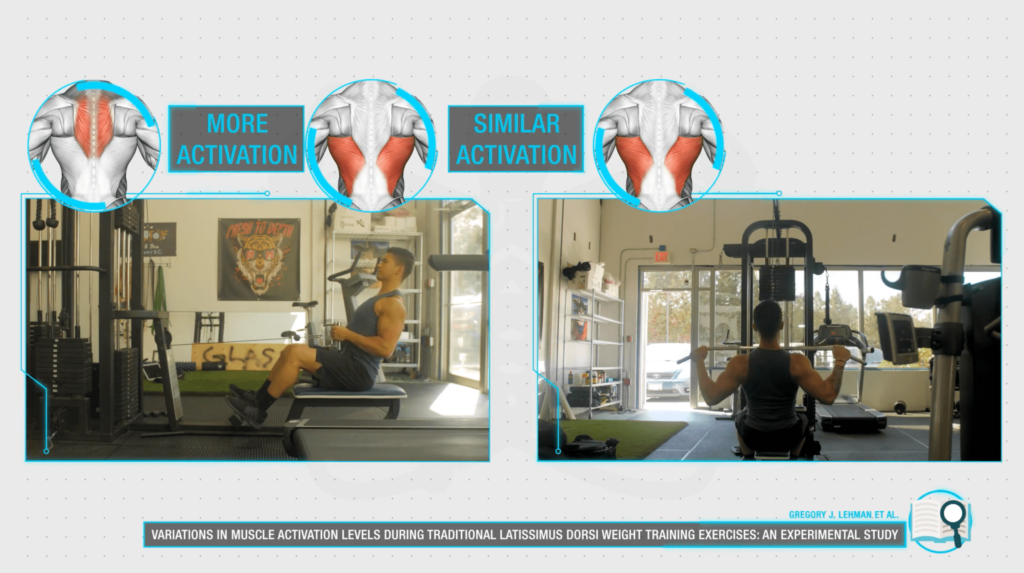
Don't Let Your Shoulder Roll Forward With The Seated Row
But despite this being a seemingly straightforward exercise to perform given that you control the weight and avoid excessive momentum, most people still end up making a very subtle yet crucial mistake with it.
And that mistake is simply letting the shoulder roll forward at the end position of the pull. What this does is it:
- Puts the shoulder in a compromised position, and
- Prevents the back muscles, like the mid-traps and even the lats, from fully contracting to the best of their ability.
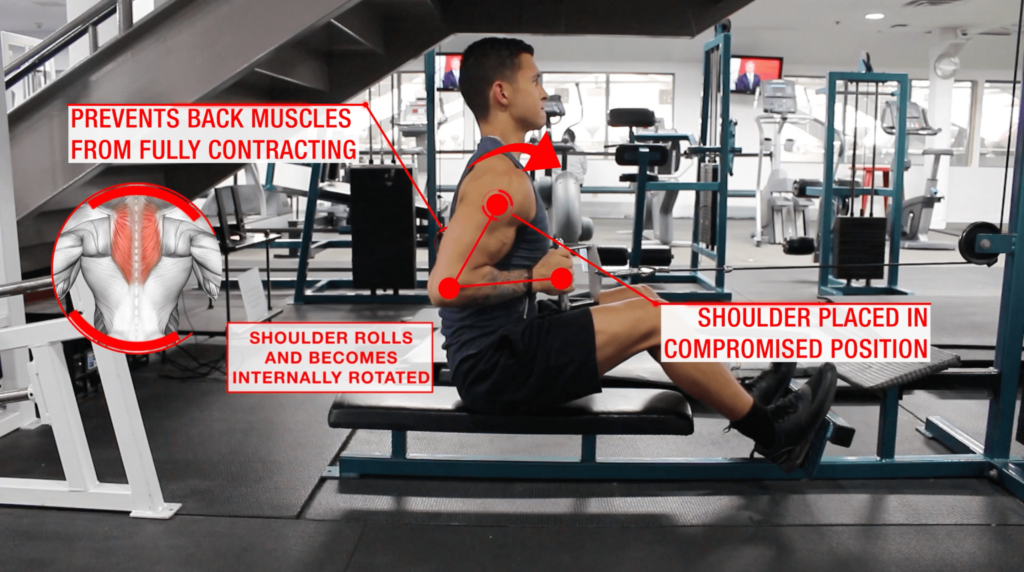
This is because from the point at which your shoulder starts to compensate by rolling forward, your back is no longer fully working to pull the weight. And you’ve effectively shortened their range of motion. This, therefore, compromises your back development. And this doesn’t just happen on the seated row, but can even happen on other horizontal rowing movements. Like machine rows and the barbell row, for example.
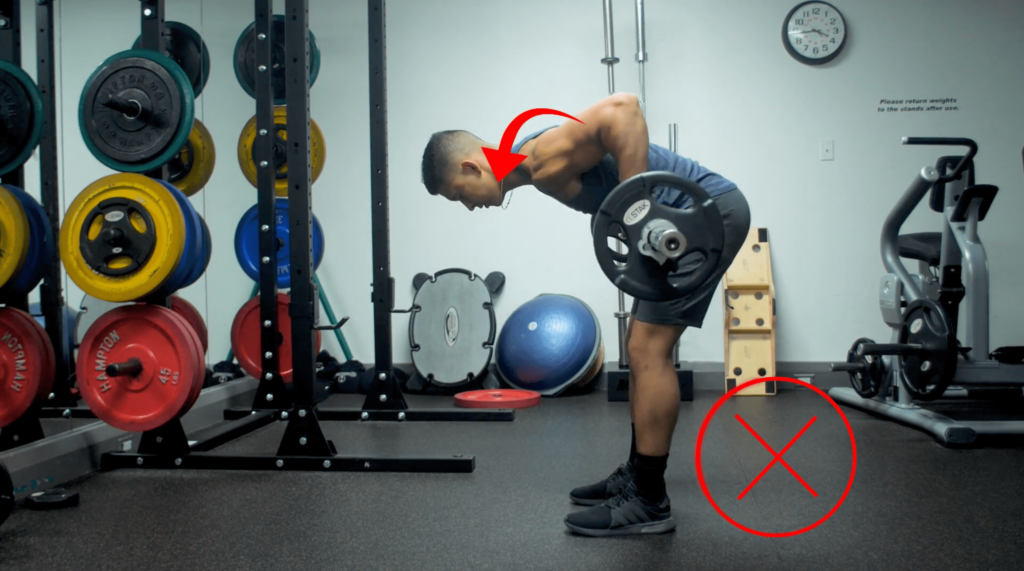
How To Do Seated Rows Correctly
To fix this, you need to pay closer attention to your seated cable row form. Or more specifically, how your shoulder-blades move as you pull. Because what often happens when you let your shoulder roll forward at the end position is that your scapula tends to elevate and your traps will shrug up, which both take away from your back involvement in the movement.
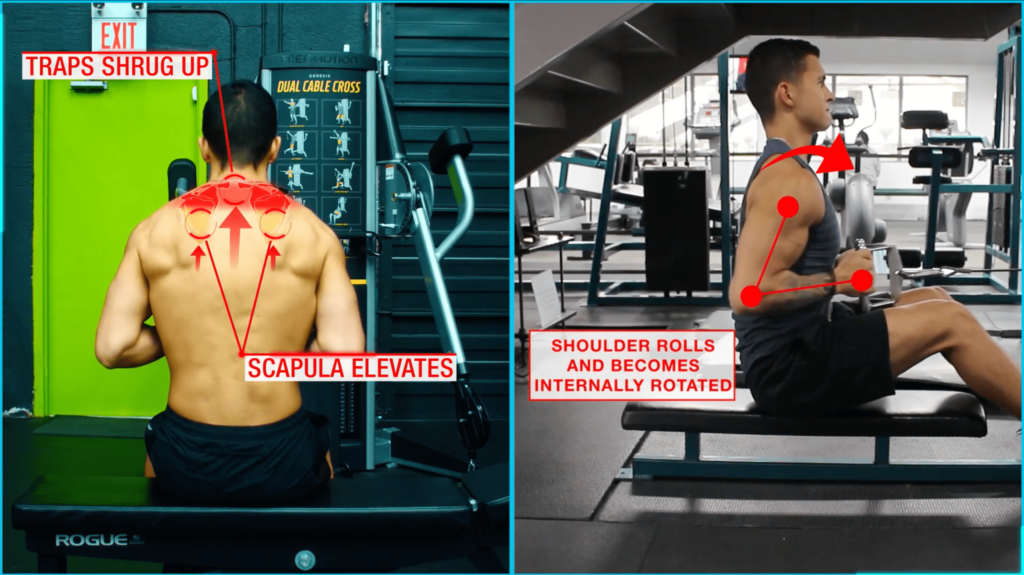
So instead, you need to focus on keeping your back muscles involved even at the end range of the movement. You can do so by keeping your shoulder blades down and back as you pull. Which you can do most effectively by first pulling your shoulders down and away from your ears, and then squeezing your shoulder blades together as you pull the weight towards you by contracting your lats and especially those mid-back muscles. This is going to in turn keep your shoulder pinned back in a safer position and result in a much greater back contraction which you’ll feel right away.
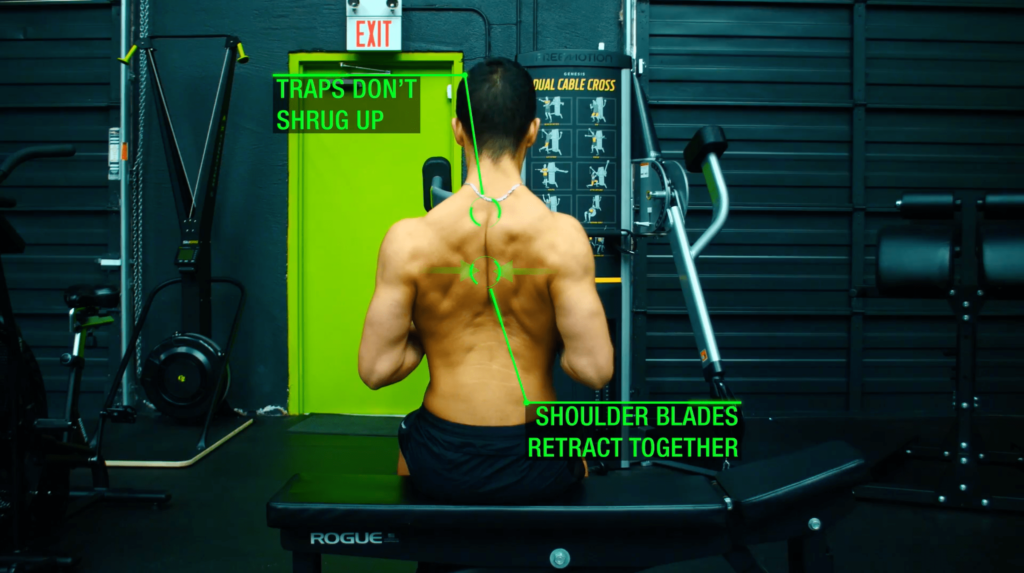
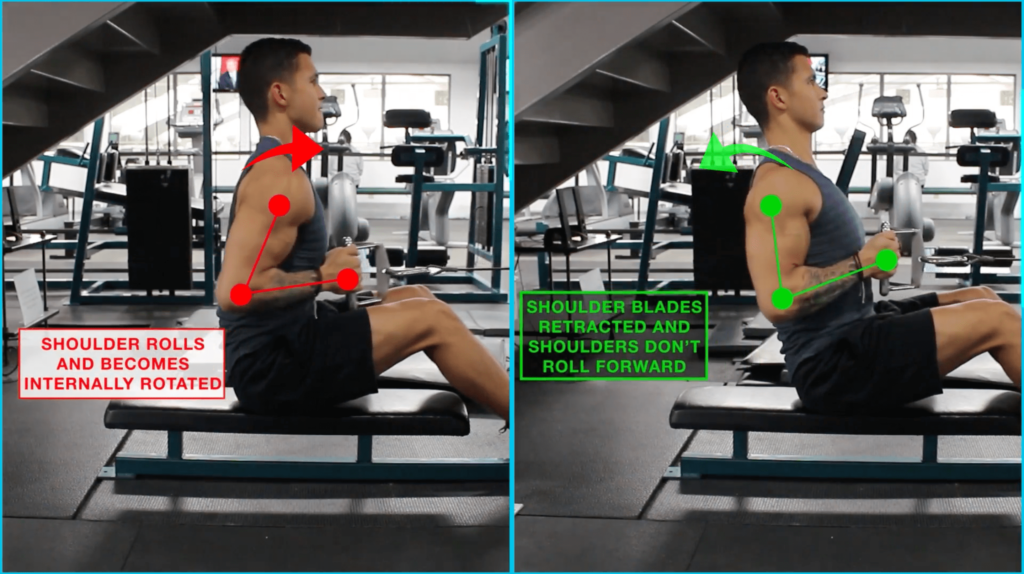
Common Mistakes In The Gym To Avoid: Takeaway
All in all, guys I hope you were able to see that if you want to build muscle most effectively without getting injured in the process, then it’s a matter of both choosing the right exercises to include in your routine. And then making sure that you take the time to learn how to execute them properly. As that’s what makes all the difference.
And for a step-by-step program that puts this all together for you by not only showing you what exercises to perform every week but also how to properly execute them in order to build muscle in the most effective and safest way possible, then:
Click the button below to take my analysis quiz to discover the best program for you:
↓
I hope you enjoyed this article and now how to avoid committing some of the most common exercise mistakes in the gym. Don’t forget to give me a follow and connect with me on Instagram, Facebook, and Youtube as well, in order to stay up to date with my content.




